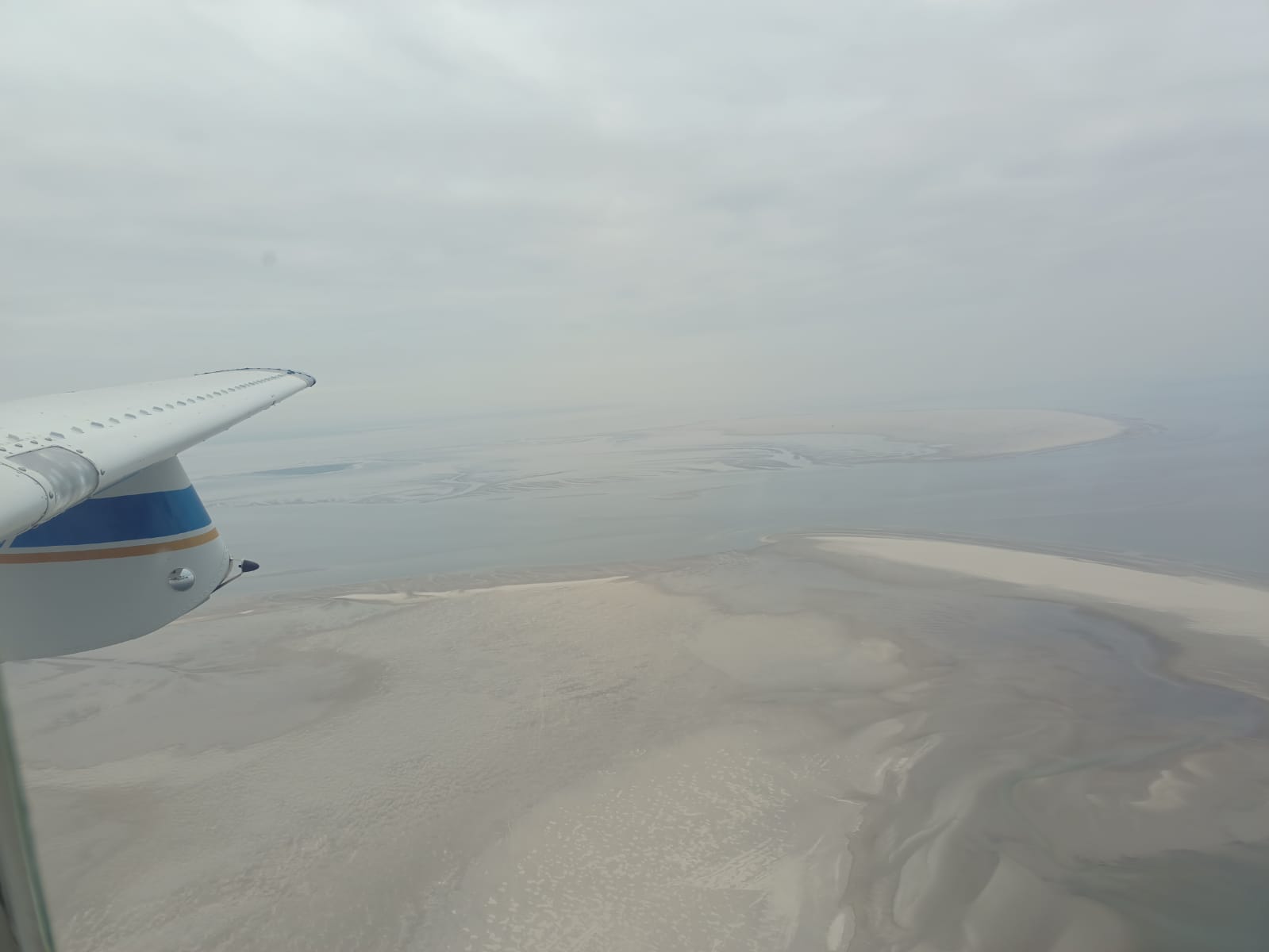Low Emissions
High Flexibility
High Safety
A Real Eye in the Sky
The Lake Buccaneer
The Lake LA 4-200 was designed in the 1950s by David Thurston, a former Grumman engineer. It has been built over 1000 times between 1959 and 2003 in different varieties. It is built out of Aluminium that has been hardened and corrosion proofed. The LA-4-200 ist powered by a Lycoming IO-360 air-cooled four-cylinder direct-drive aircraft engine with fuel injection with 150 kW (200 hp) power output.
On board the aircraft we have a pilot, a task specialist, emergency gear, marine tools, sensing and data processing equipment. We have two bays for earth observation equipment in the wings
Aufwind´s Lake LA-200 D-EALG. The Airplane has previously flown for Deutsche Küstenwache e.V., a german NGO. They have been flying Oil Spill Surveillance from the mid-1980ies on for nearly 30 years. The NGO is still registered and could become active again with Aufwind's Cooperation. Picture Copyright: M. Brehmer
Current Flight Operations
First FolloW Up: ESA FAIR-SOS

